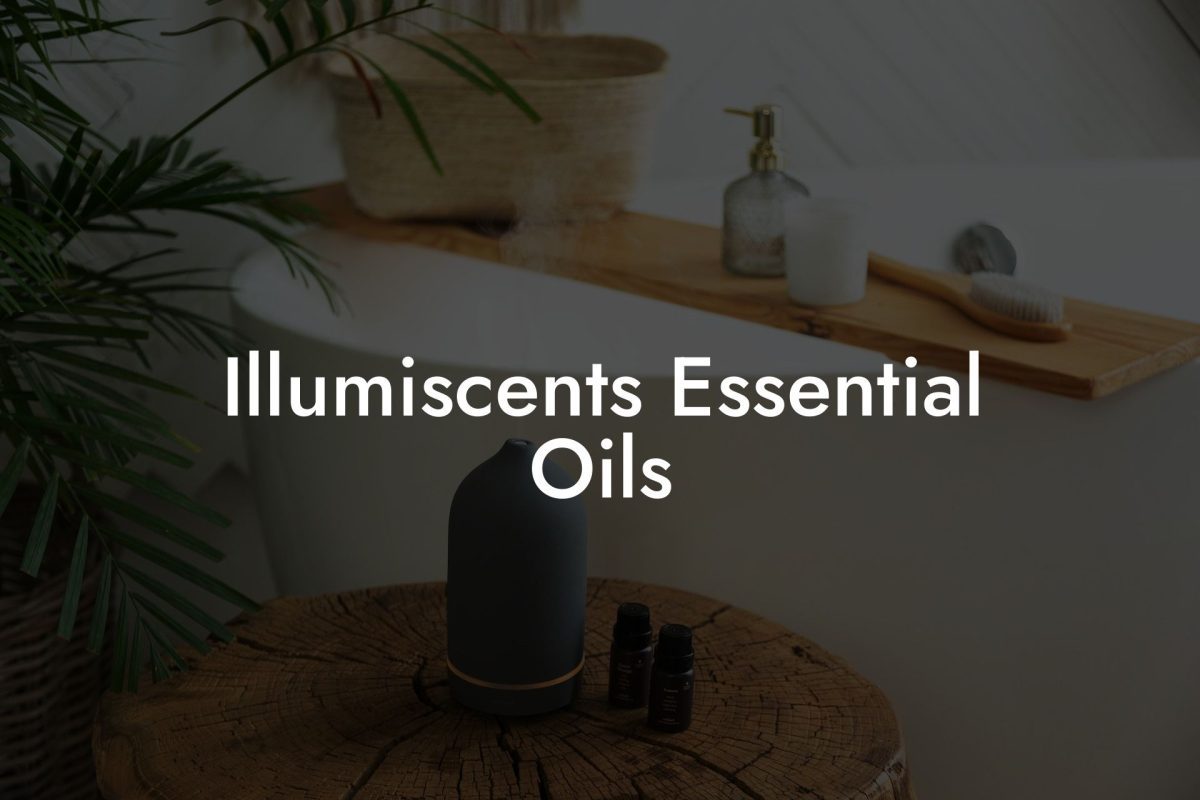Discover the art of mixing essential oils with carrier oils to create your own customized and therapeutic blends. Essential oils offer a myriad of benefits, but did you know that combining them with Carrier Oils can enhance their effectiveness? In this comprehensive guide, we will explore the world of essential oils and carrier oils, providing you with everything you need to know before creating your very own essential oil mixtures. Let the journey to aromacology mastery begin!
Table of Contents
Understanding Essential Oils and Carrier Oils
Essential oils are volatile, concentrated liquids that come from the aromatic compounds in plants. They are known for their various therapeutic, aromatic, and healing properties. On the other hand, carrier oils are vegetable or nut-based oils which possess their own unique characteristics, and are used to dilute and carry essential oils, making them safe for skin application.
Why Mix Essential Oils with Carrier Oils?
- Safe application: Essential oils are highly concentrated, and some may cause skin irritation or sensitivity if applied undiluted. Mixing essential oils with carrier oils enables you to safely and effectively use them on your skin.
- Increase absorption: Carrier oils help essential oils penetrate deeper into your skin, allowing you to receive more therapeutic benefits.
- Extend shelf life: Mixing essential oils with carrier oils can increase their shelf life since carrier oils generally have a longer shelf life than essential oils.
Choosing the Right Carrier Oil
When it comes to picking a carrier oil, consider skin type, fragrances, and personal preference. Here are some popular carrier oils and their benefits:
1. Sweet Almond Oil
- Rich in vitamins A, B, and E
- Good for all skin types
- Mild, nutty aroma
2. Jojoba Oil
- Similar in composition to the skin’s natural sebum
- Good for all skin types, particularly oily or acne-prone skin
- Very little aroma
3. Coconut Oil
- High in medium-chain fatty acids
- Good for dry or damaged skin
- Sweet, tropical aroma
4. Grapeseed Oil
- High in linoleic acid, which is great for acne-prone skin
- Light, easily-absorbed texture
- Mildly sweet and fruity aroma
Creating the Perfect Essential Oil Blend
Once you have selected your carrier oil, it’s time to create your essential oil blend. Here are some tips to create a harmonious mixture:
1. Choose Your Essential Oil(s)
Consider your purpose for the blend. Whether it’s relaxation, energy, or something else, choose oils that complement each other both in scent and therapeutic properties.
2. Determine the Dilution Ratio
A general guideline for adults is a 2% dilution, which equates to roughly 12 drops of essential oil for every one ounce of carrier oil. For children, a 1% dilution (6 drops of essential oil per ounce of carrier oil) is recommended.
3. Mix and Store
Combine your essential oil(s) with the carrier oil in a dark glass bottle, and shake or roll gently to mix everything well. Store the finished blend away from heat and direct sunlight to prolong its shelf life.
How To Mix Essential Oils With Carrier Oil Example:
Let’s say you want to create a stress-relieving blend using lavender and peppermint essential oils, with sweet almond oil as your carrier. Following the 2% dilution guideline, you would mix 12 drops of essential oil (6 drops of lavender and 6 drops of peppermint) with one ounce of sweet almond oil in a dark glass bottle. Shake or roll the bottle to mix well, and you now have a relaxing and rejuvenating blend to enjoy!
Congratulations! You are now well-equipped to explore the fascinating world of essential oils and carrier oils, creating tailor-made blends to suit your needs and desires. Make sure to share this guide with friends and family who might benefit from this knowledge as well. Take the time to explore other guides on Oshu Oils to further your education on the essentials of aromatherapy. And, of course, don’t forget to check out the Oshu Oils range of artisan essential earth oils to elevate your essential oil blending game and enhance your overall wellbeing.





















